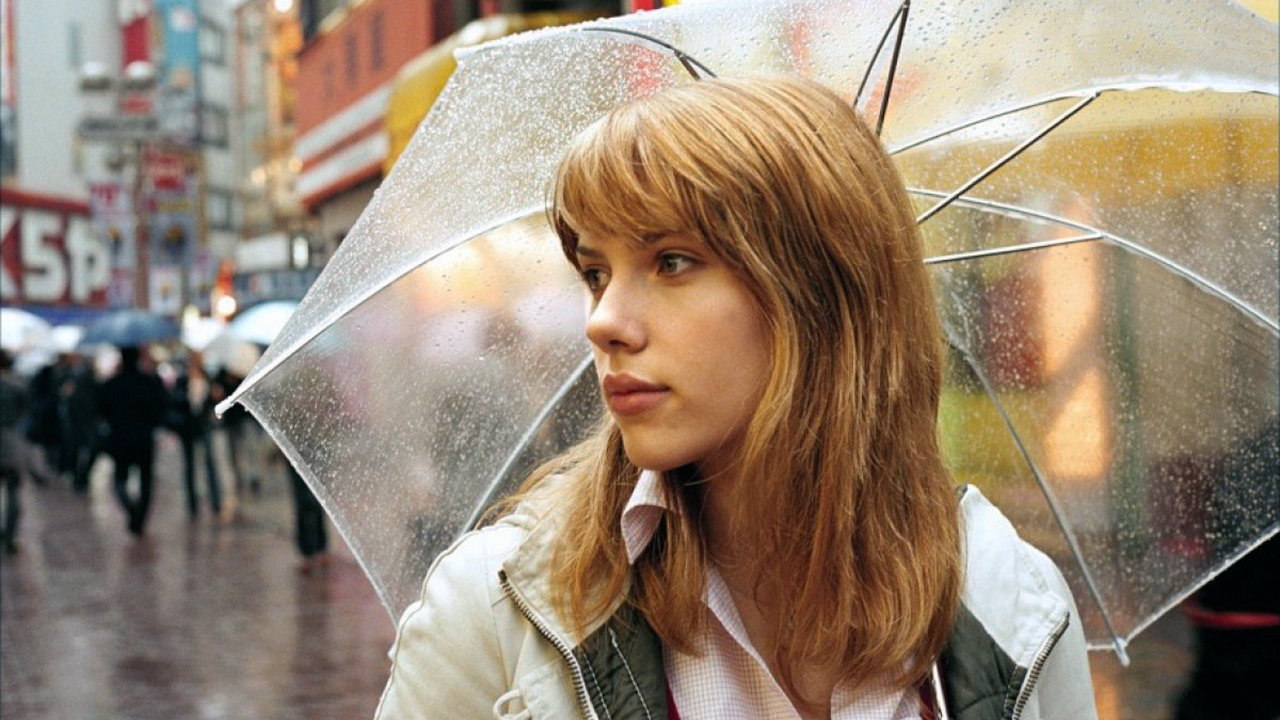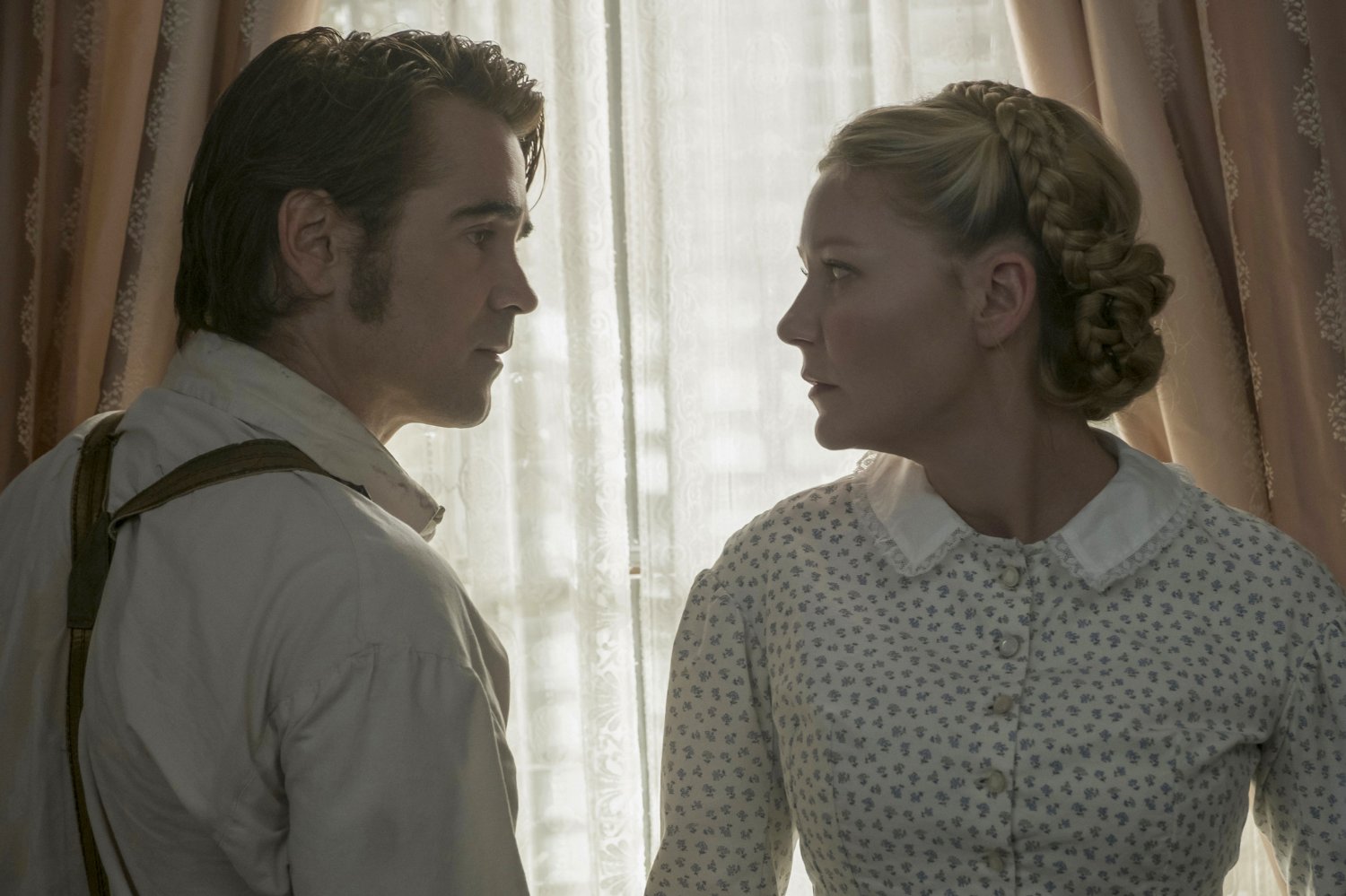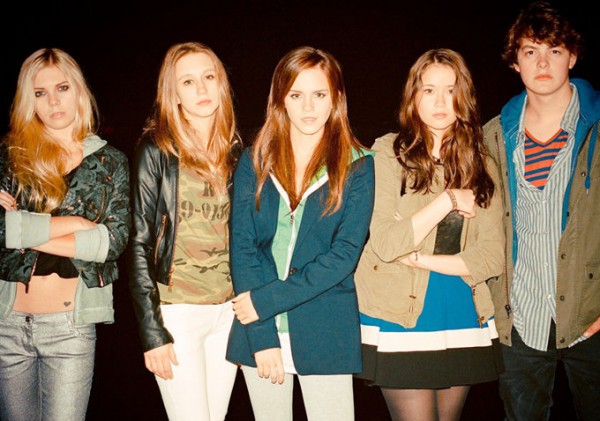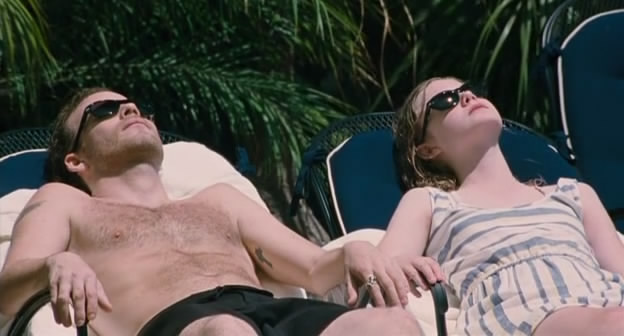
Although it may have seemed unlikely at the time that she made her acting debut in The Godfather: Part III, Sofia Coppola has grown into one of the most original and distinctive filmmakers of the 21st Century. Coppola has naturally been compared to her father throughout her career, but over the course of her seven films, she’s combined modern stylistic choices with the influences of classical filmmakers like Bob Fosse, Jean-Luc Godard, and Wong Kar-wai.
Coppola’s films tend to focus on desolation, futility, and loneliness, but more often than not she’s populated these downcast environments with characters that pop off the screen. Each of Coppola’s films has a strong element of witty, incisive humor, and in addition to her frequently potent dialogue, she’s routinely gotten inspired and moving performances from her casts.
Dreamlike visuals, gradual pacing, and bursts of satire are some of Coppola’s signature hallmarks, but each film has tackled its subject matter in a different way. While Coppola has tackled Hollywood sexism in ways that are often bold, her depiction of wealth has been widely debated, with some films that deal with the touchy subject better than others.
Coppola’s latest film is the A24 comedy-drama On the Rocks, which could mark her first foray into the awards conversation since she picked up the Best Original Screenplay Oscar for Lost in Translation. Here are all seven Sofia Coppola movies, ranked worst to best.
7. The Beguiled (2017)

The Beguiled is not a bad film by any stretch of the imagination, as it boasts too great of an ensemble and looks to immaculate to be completely dismissed, but it is easily the film that falls the shortest when compared to both the original source material and the rest of Coppola’s filmography. Inspired by the same novel that Don Seigel adapted into the 1971 film with the same title, The Beguiled examines how a secluded all-female school in 1864 is thrust into chaos by the appearance of a wounded Confederate soldier (Colin Farrell).
Coppola lingers on moments of uncertainty and sexual tension, but for the most part The Beguiled comes off as elevated melodrama, and it’s not played for camp the same way that Marie Antoniette or The Bling Ring are. The plot is among Coppola’s most straightforward, and although it’s interesting to see how each woman’s angst bubbles to the surface, the result is a Gothic thriller that’s not quite as biting or shocking as it appears.
While it’s perhaps Coppola’s least thought-provoking film, The Beguiled is still a very entertaining watch, and in particular Nicole Kidman’s commanding performance as the head mistress Martha Farnsworth is reason enough to check it out. The period aesthetic fits perfectly for Coppola’s portrait-esque visuals and a lot of tension is mined out of the contained location, and at a brief 94 minutes it’s a film that wastes little time in moving things along.
6. The Bling Ring (2013)

The Bling Ring remains one of Coppola’s most divisive films, and it’s not hard to see why. The film indulges in the fantasizes of celebrity-obsessed, social media devouring young people whose obnoxious nature feels both authentic and even more timely in the years since its release. The brilliance of The Bling Ring is that Coppola isn’t trying to mask these characters’ lack of complexity; these are shallow, morally bankrupt kids who are a product of the materialistic culture that they grew up in.
Coppola does a great job at taking the fetishization of celebrity and turning it into a glossy nightmare; the hollowness of the gang known as “The Bling Ring” are perfectly underscored by Coppola’s free-form banter, poppy soundtrack, and glossy digital imagery. There are brilliant satirical touches that come from Coppola’s use of flash-forwards (in which the characters reveal themselves to have very little going on under the surface), but it’s also a film that allows each conversation to reach its repetitive breaking point.
Many of Coppola’s films can first appear to be “unstructured,” but The Bling Ring does begin to seriously drag towards the second half when it becomes clear what talking points are being made; the film really picks up when Coppola leans into the media circus that surrounds the events, adding an extra layer to her perspective on characters that desire unattainable celebrity. It’s perhaps a credit to Coppola’s unflinching realism that The Bling Ring is so unpleasant to watch.
5. Somewhere (2010)

Coppola examines the existentialism of wealth, fame, and celebrity in a whole new way with Somewhere, her slowest and most naturalistic film to date. Drawing attention to the loneliness of movie star Johnny Marco (Stephen Dorff), Somewhere looks at excess with a dismissive sense of normalcy. Even the most extraordinary advantages can become routines, and Marco’s search for meaning through his relationship with his daughter Cleo (Elle Fanning) gives the film its heart.
The strained father-daughter relationship gives the film its most fruitful text, as even the most minor of conversations between the two suggest a fundamental inability to communicate. While Cleo doesn’t show any clear resentment towards her father, it’s clear that Johnny struggles to express his love in a meaningful way. Dorff’s performance is just terrific; his casual indifferences and familiarity with drugs, drinking, parties, and liaisons give context to how he expresses himself to his daughter.
Coppola is also able to subvert tropes by not taking the easy way out. Johnny’s tearful confession to his ex-wife bears a lot of the film’s dramatic heft, but it’s treated with the same unceremonious intimacy as any of the more procedural scenes. Johnny’s seemingly definitive ending, in which he casts aside the symbol of his wealth in the form of a Ferrari, feels all the more melancholy considering how unlikely it is that his lifestyle will actually change.